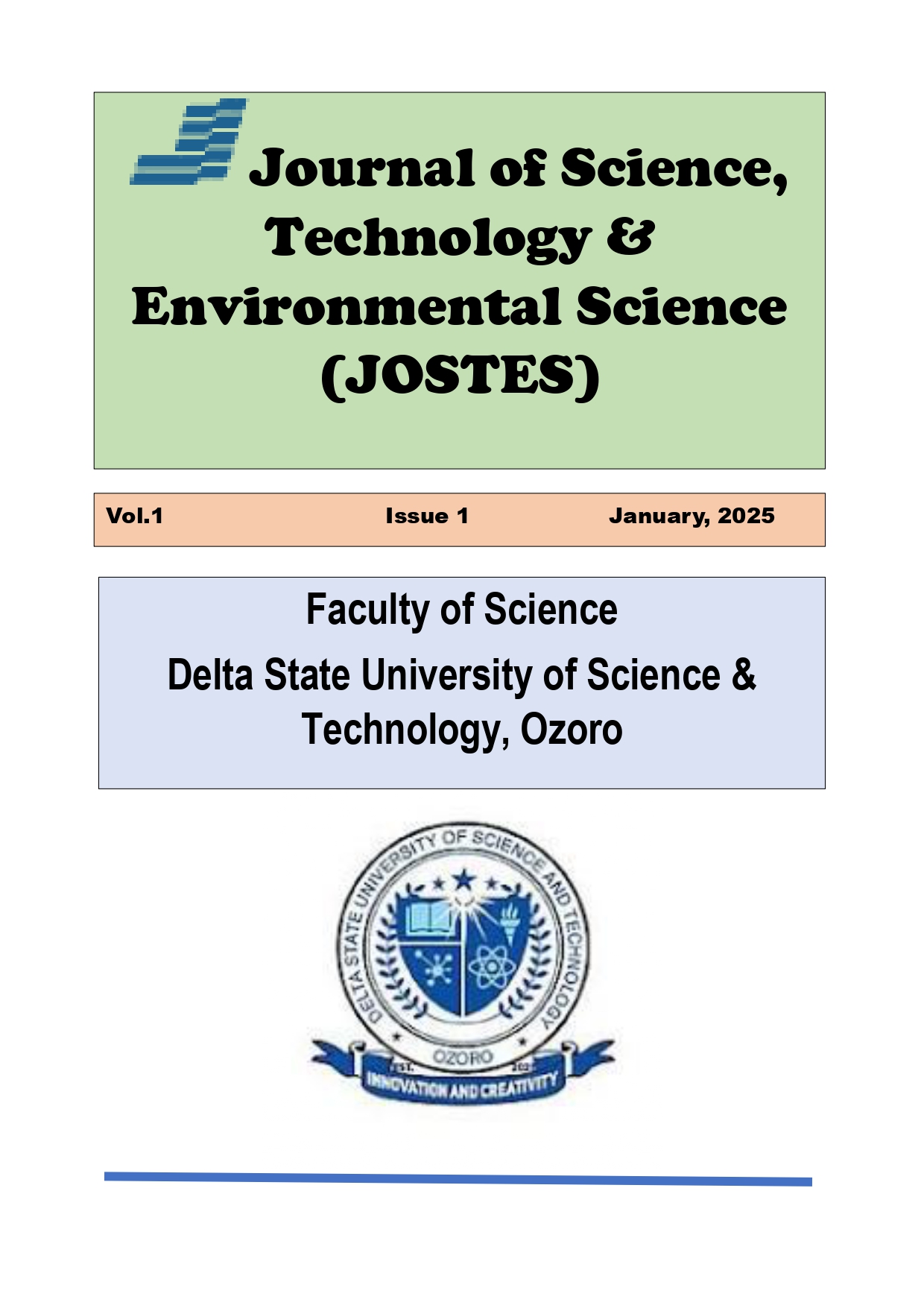The Characterization of Nickel-Doped TiO2-Based Dye Sensitized Solar Cells Using Natural Dyes Extracted from Persea Americana L, Murraya koenigii, Citrus sinesis L and Talium fruticosum Leaves
Main Article Content
Abstract
This study concentrates on the third generation photovoltaic cell, which is the conventional dye-sensitized solar cell. This type of solar cell is generally made up from various components such as photo anode support, photo sensitizer (dye), electrolyte and counter electrode. In this research, Nickel was used to doped TiO2 with Avocado leaf (Persea Americana L), Currry leaf (Murraya koenigii), Orange leaf (Citrus sinesis L) and Ceylon spinach (Talium fruticosum) for DSSCs fabrication. The sensitized TiO2/silver with dye recorded an efficiency of 0.47%, 0.47%, 0.05%, and 0.04% for Avocado leaf (Persea Americana L), Curry leaf (Murraya koenigii), Orange leaf (Citrus sinesis L) and Ceylon spinach leaves (Talium fruticosum) respectively. The optical energy bandgap was observed to be 2.32 eV for TiO2 and 3.50 eV, 3.51 eV, 3.51 eV, and 3.52 eV. The structure of the cells is polycrystalline, with several noticeable peaks at 24.891°, 27.509o, 30.375o ,32.915o, 27.509o, 35.296o, 38.814o, 43.152o, 47.579o, 53.231o and 59.130o for TiO2 and 21.689°, 26.363o, 28.162o, 30.464o, 30.083o, 33.083o, 35.780o, 40.612o, 45.207o, 49.387o and 54.466o for TiO2/Ni0.1/avocado leaf, TiO2/Ni0.1/curry leaf and TiO2/Ni0.1/orange leaf corresponding to (101), (004), (200), (105), (211), (204), (116), (220), (215) and (303) planes, respectively. The structure of cells is polycrystalline and exhibit the highest peak (200) at 30.375, (211) at 33.083, (200) at 28.162 and (105) at 30.622 for the bare TiO2 andTiO2/Ni0.1/avocado leaf, TiO2/Ni0.1/curry leaf and TiO2/Ni0.1/orange leaf, respectively

